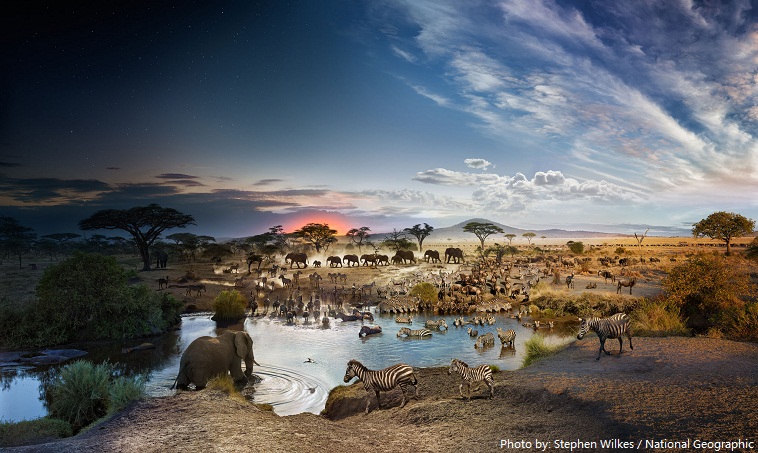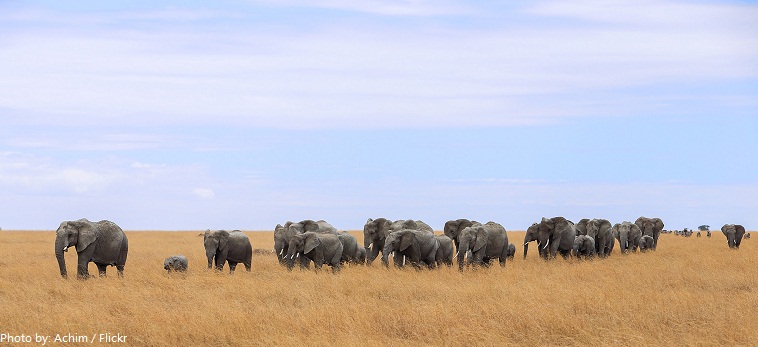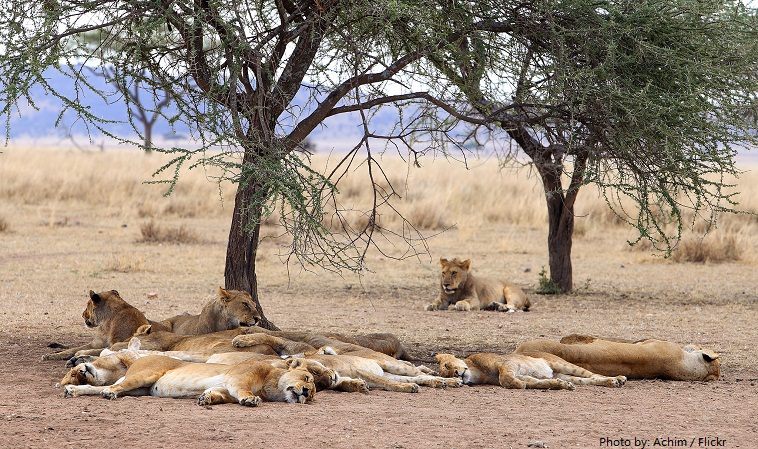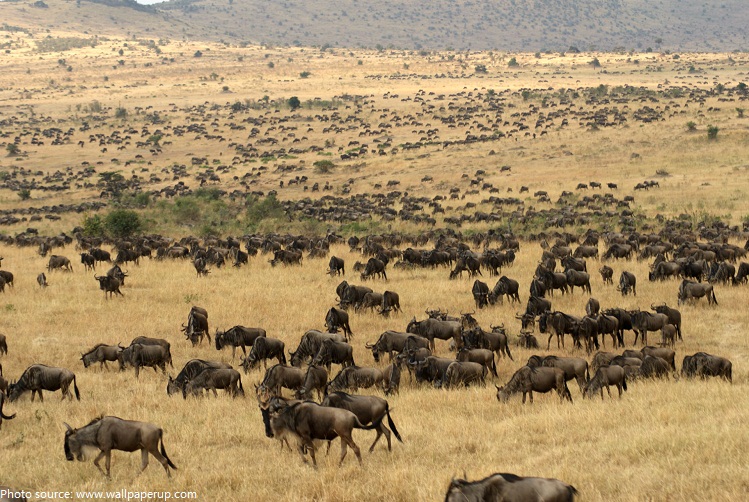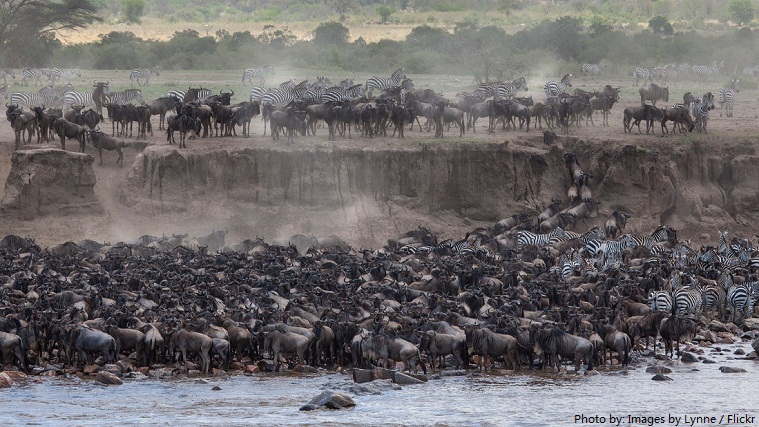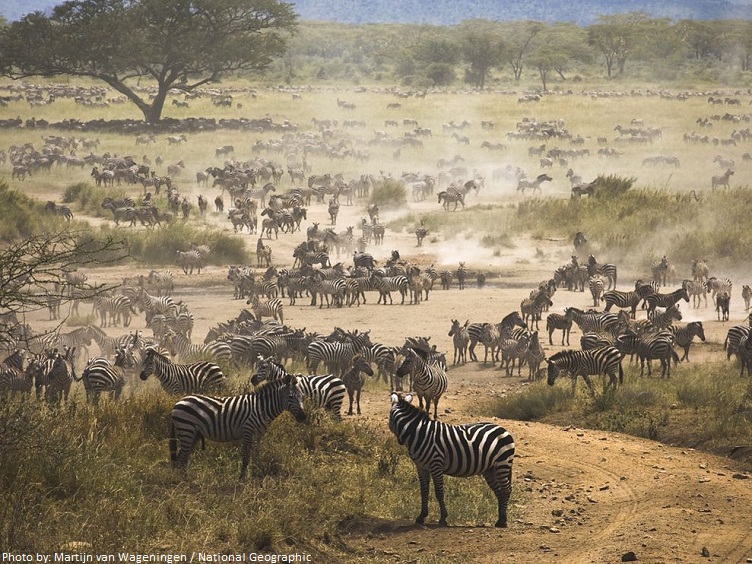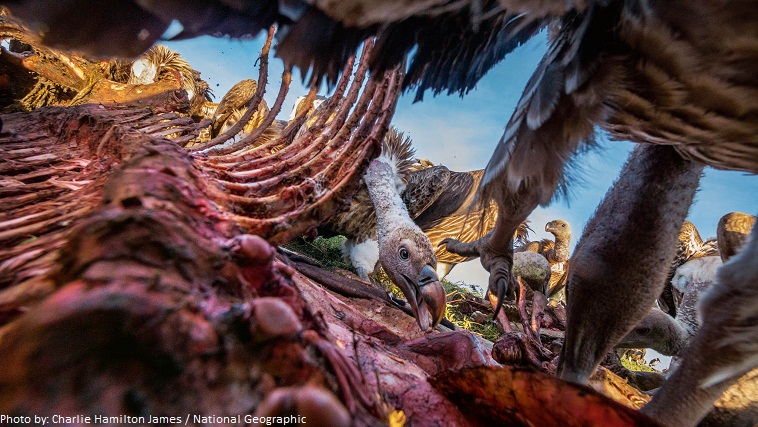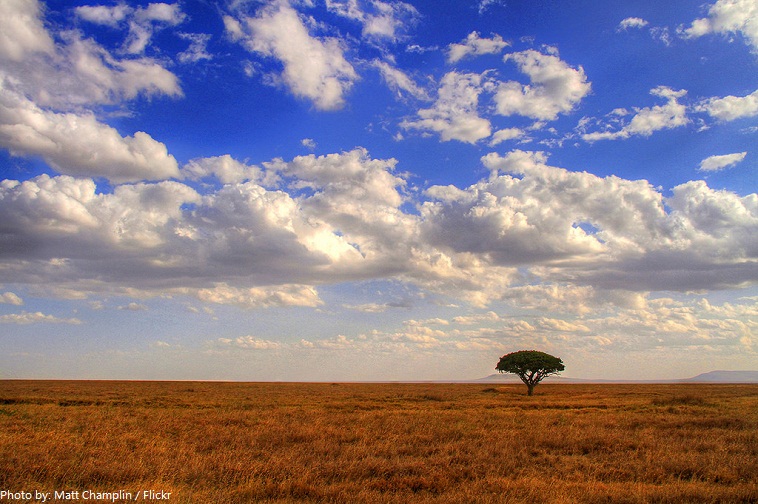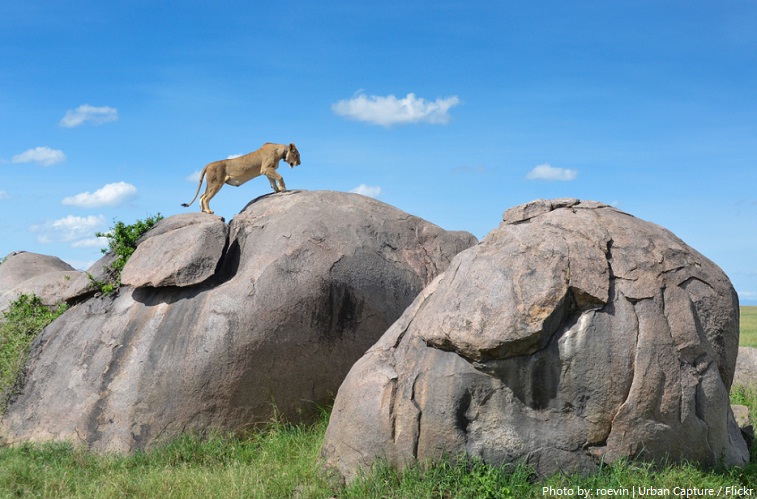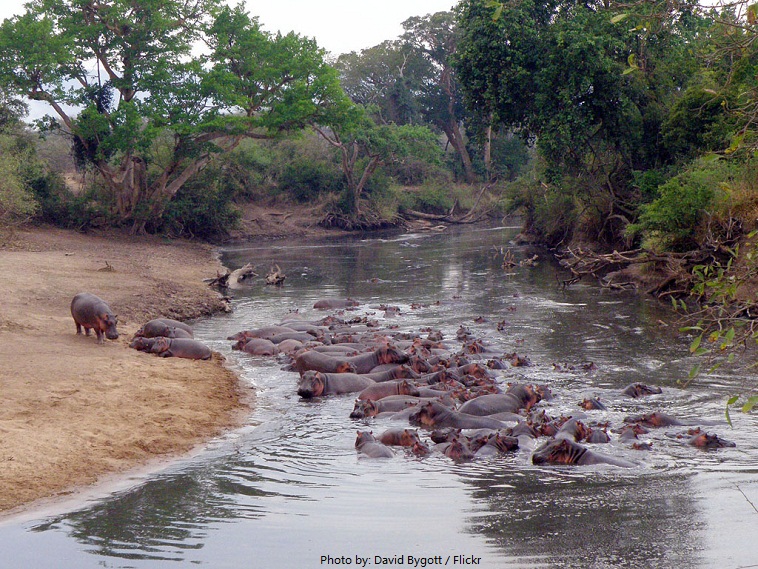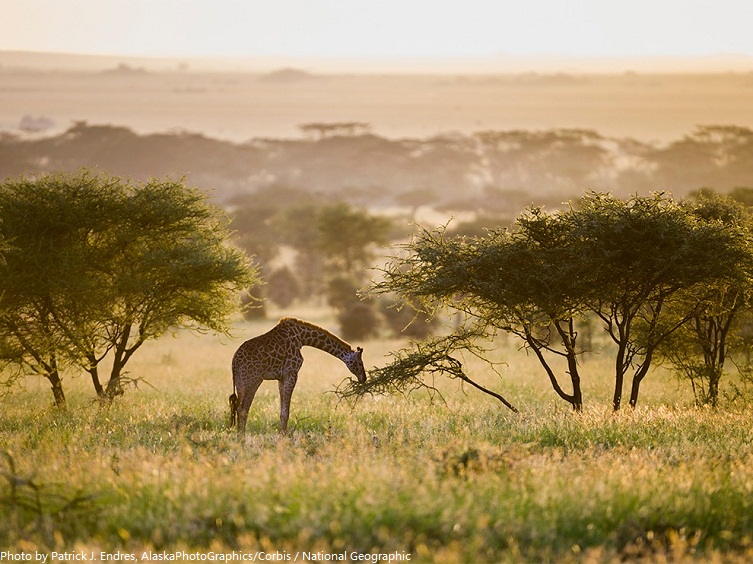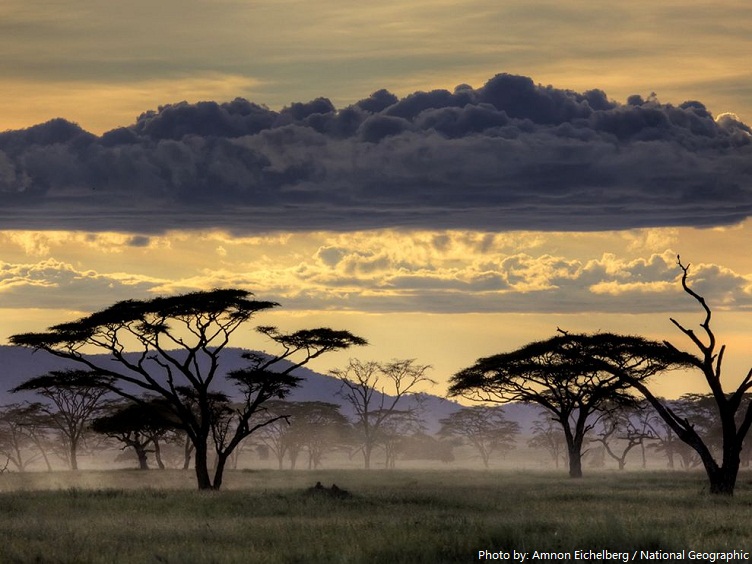Serengeti National Park is a Tanzanian national park in the Serengeti ecosystem in the Mara and Simiyu regions.
It was first established in the 1920’s and was made a National Park in 1951.
The park covers 14,750 square kilometers (5,700 square miles) of grassland plains, savanna, riverine forest, and woodlands.
With elevations ranging from 920 to 1,850 meters (3,020 to 6,070 feet), the park extends 160 kilometers (100 miles) southeast from points near the shores of Lake Victoria and, in its eastern portion, 160 kilometers (100 miles) south from the Kenya–Tanzania border.
Great herds of buffalo, smaller groups of elephant and giraffe, and thousands upon thousands of eland, topi, kongoni, impala and Grant’s gazelle are resident at any time of the year.
All three big cats are easily seen. Lions are everywhere and are often found on a kill. Cheetahs are very common on the southeastern plains, while leopards can often be found lazing in one of the big trees along the Seronera River.
There are many more animals in Serengeti National Park including: hippos, rhinos, hyenas, jackals, wild dogs, 10 species of primate and Nile crocodiles…
A million wildebeest… each one driven by the same ancient rhythm, fulfilling its instinctive role in the inescapable cycle of life: a frenzied three-week bout of territorial conquests and mating; survival of the fittest as 40 kilometers (25 miles) long columns plunge through crocodile-infested waters on the annual exodus north; replenishing the species in a brief population explosion that produces more than 8,000 calves daily before the 1,000 kilometers (600 miles) pilgrimage begins again.
The Serengeti is famed for its annual wildebeest migration, when some six million hooves cross the open plains, as more than 1,000,000 wildebeest, 200,000 zebra and 300,000 Thomson’s gazelle join the trek for fresh grazing.
The annual migration is one of the most impressive natural events in the world.
About 250,000 wildebeest die during the journey usually from thirst, hunger, exhaustion, or predation.
The Park also hosts one of the largest and most diverse large predator-prey interactions worldwide, providing a particularly impressive aesthetic experience.
The park also boasts about 500 bird species, including ostrich, secretary bird, kori bustard, crowned crane, marabou stork, martial eagle, lovebirds, and many species of vultures.
The park is usually described as divided into three regions: Serengeti plains, Western corridor and Northern Serengeti.
Serengeti plains: the almost treeless grassland of the south is the most emblematic scenery of the park. This is where the wildebeest breed, as they remain in the plains from December to May. Other hoofed animals – zebra, gazelle, impala, hartebeest, topi, buffalo, waterbuck – also occur in huge numbers during the wet season.
Serengeti plains is dotted with a number of granite and gneiss outcroppings known as kopjes, which are large rocky formations that are the result of volcanic activity and they are great observation posts for predators, as well as a refuge for hyrax and pythons.
Western corridor: the black clay soil covers the swampy savannah of this region. The Grumeti River is home to Nile crocodiles, colobus monkeys, hippopotamus, and martial eagles. The migration passes through from May to July.
Northern Serengeti: the landscape is dominated by open woodlands and hills, ranging from Seronera in the south to the Mara River on the Kenyan border. Apart from the migratory wildebeest and zebra (which occur from July to August, and in November), the bushy savannah is the best place to find elephant and giraffe.
The usually warm and dry climate is interrupted by two rainy seasons — March to May, and a shorter season in October and November.
Because of its biodiversity and ecological significance, the park has been listed by the United Nations Educational, Scientific and Cultural Organization as a UNESCO World Heritage Site.
Serengeti National Park is at the heart the larger Serengeti ecosystem, which is defined by the area covered by the annual migration.
The Maasai people had been grazing their livestock in the open plains of eastern Mara Region, which they named “endless plains”, for around 200 years when the first European explorer, Austrian Oscar Baumann, visited the area in 1892.
The name “Serengeti” is an approximation of the word used by the Maasai to describe the area, siringet, which means “the place where the land runs on forever.”
The Serengeti offers good wildlife viewing throughout the year. June and July are the best months for seeing the migration and February is the best month for the wildebeest calving. The dry months from June to October offer the best general game viewing.
More than 90,000 people from around the world visit the park every year. This number does not include locals who visit the park, just tourists from other places.
